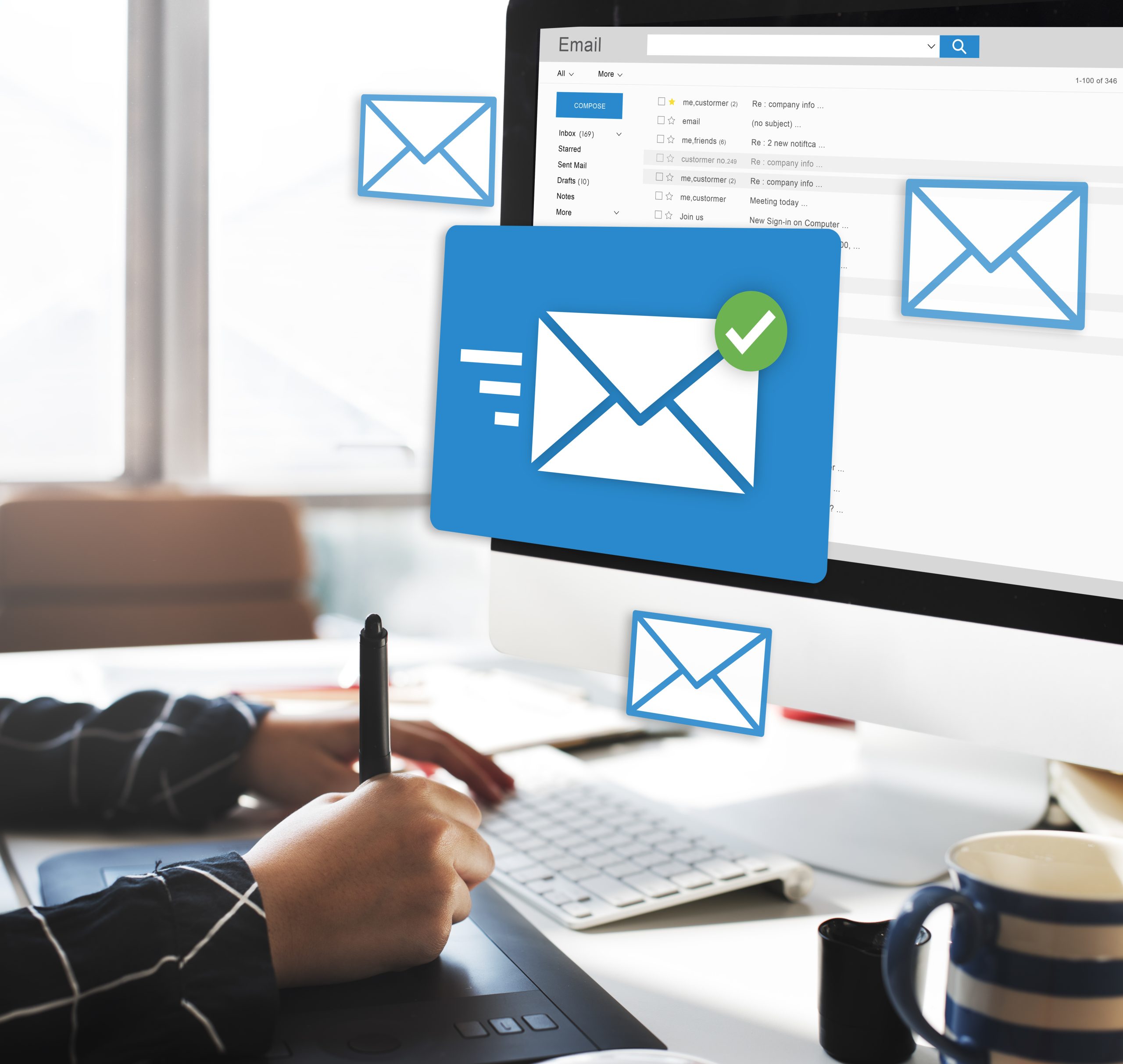EMAIL MARKETING
Email marketing is a powerful digital marketing strategy that involves sending emails to a targeted group of recipients with the goal of promoting products, services, or building relationships.
Email marketing, when executed effectively, can be a powerful tool for building and nurturing customer relationships, driving sales, and increasing brand loyalty. It’s important to stay informed about industry best practices and adapt strategies based on the evolving preferences of your audience.
Here are the key steps and best practices for effective email marketing:

Build a Quality Email List:
Focus on obtaining permission from individuals before sending them emails (opt-in).
Offer incentives such as discounts or valuable content to encourage people to subscribe.
Segment Your Email List:
Divide your email list into segments based on demographics, behavior, or other criteria.
Send targeted and relevant content to each segment to increase engagement.
Personalize Your Emails:
Use recipients’ names and personalize content based on their preferences or past interactions.
Personalization helps create a more meaningful connection with your audience.
Create Compelling Content:
Craft engaging and relevant content that provides value to your audience.
Use a mix of text, images, and multimedia to make your emails visually appealing.
Mobile Optimization:
Ensure that your emails are mobile-friendly since many people check their emails on smartphones.
Test your emails on various devices and email clients to ensure compatibility.
Clear Call-to-Action (CTA):
Include a clear and compelling call-to-action in your emails.
Whether it’s making a purchase, downloading content, or visiting your website, guide the recipient on what to do next.
A/B Testing:
Experiment with different elements of your emails, such as subject lines, content, or CTAs.
A/B testing helps you identify what resonates best with your audience.
Timing and Frequency:
Consider the time zone and preferences of your target audience when scheduling emails.
Test different send times and frequencies to determine the optimal schedule.
Email Automation:
Implement automation for welcome emails, follow-ups, and drip campaigns.
Automation helps nurture leads, build relationships, and save time.
Monitor and Analyze:
Track key metrics like open rates, click-through rates, and conversion rates.
Use analytics to gain insights into user behavior and adjust your strategy accordingly.
Compliance with Regulations:
Adhere to email marketing regulations, such as the CAN-SPAM Act or GDPR, to ensure legal compliance.
Provide an option for recipients to unsubscribe and honor those requests promptly.
List Hygiene:
Regularly clean your email list by removing inactive or unsubscribed users.
This improves deliverability and ensures that you are targeting an engaged audience.
Security Measures:
Implement security measures to protect user data and maintain the trust of your subscribers.
